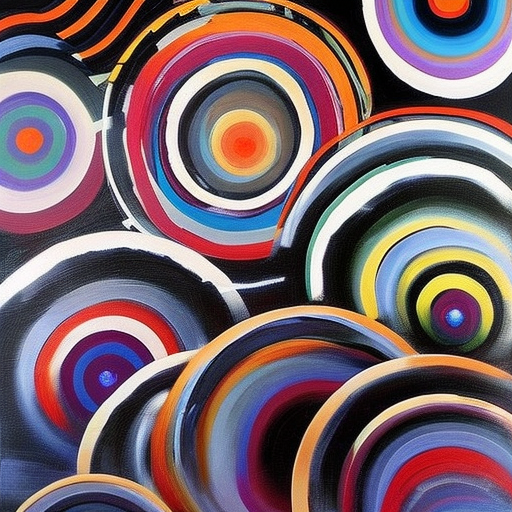Summary: Sound mixing is the process of combining and balancing audio elements to create a cohesive and immersive sound experience in various forms of media, such as films, television shows, music albums, and video games. It involves manipulating different audio tracks, including dialogue, music, sound effects, and ambient sounds, to achieve the desired sonic result. Sound mixers use various tools and techniques to enhance the overall quality and impact of the sound, ensuring that it complements and enhances the visual content.
Main Summary:
Sound mixing is an essential part of the post-production process in the entertainment industry. It involves combining and balancing different audio elements to create a harmonious and immersive sound experience for the audience. Whether it’s a film, television show, music album, or video game, sound mixing plays a crucial role in enhancing the overall impact and emotional resonance of the content.
In film and television, sound mixing is typically done in a dedicated sound mixing studio. The process begins with the sound mixer receiving the individual audio tracks, including dialogue, music, sound effects, and ambient sounds, from the production team. The mixer then works to balance these elements, adjusting their levels, panning, and spatial placement to create a realistic and engaging sonic environment.
Dialogue is one of the most important aspects of sound mixing in film and television. The sound mixer ensures that the dialogue is clear and intelligible, removing any unwanted background noise or distractions. They may also apply equalization and compression techniques to enhance the vocal quality and consistency.
Music is another crucial component of sound mixing, particularly in films and music albums. The sound mixer works closely with the composer or music producer to ensure that the music enhances the storytelling and emotional impact of the visuals. They adjust the levels, EQ, and spatial placement of the music to create the desired mood and atmosphere.
Sound effects play a significant role in creating a realistic and immersive sonic experience. The sound mixer carefully selects and places sound effects to enhance the visuals and create a sense of depth and realism. They may use techniques such as Foley, which involves recording and adding custom-made sound effects to match the on-screen actions.
Ambient sounds, such as background noise and environmental sounds, help to create a sense of place and atmosphere. The sound mixer carefully balances and places these sounds to enhance the overall realism and immersion of the audio.
In addition to balancing and combining audio elements, sound mixers also use various tools and techniques to enhance the overall quality of the sound. This may involve applying equalization, compression, and reverb to individual tracks or the entire mix. They may also use automation to adjust the levels and spatial placement of different elements dynamically.
Sound mixing for video games is a slightly different process. In addition to balancing and enhancing the audio elements, sound mixers for games also need to consider the interactive nature of the medium. They create multiple audio layers that can be triggered and mixed in real-time based on the player’s actions and the game’s events.
In conclusion, sound mixing is a crucial aspect of the post-production process in the entertainment industry. It involves combining and balancing different audio elements to create a cohesive and immersive sound experience. Whether it’s in film, television, music, or video games, sound mixing enhances the overall quality and impact of the content, ensuring that the audio complements and enhances the visual storytelling.












